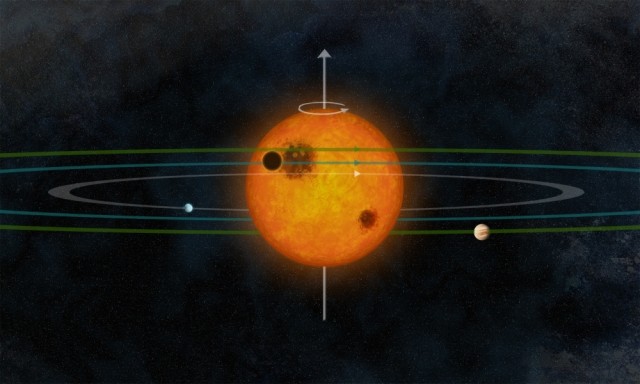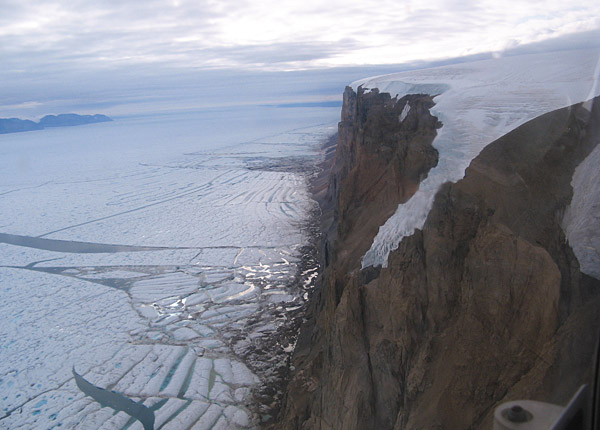Swimming jellyfish built out of rat cells, silicone
By Stephanie Pappas
Published July 23, 2012 LiveScience
Using rat heart cells and silicone polymer, researchers have bioengineered a "jellyfish" that knows how to swim.
The odd jellyfish mimic, dubbed a "Medusoid" by its creators, is more than a curiosity. It's a natural biological pump, just like the human heart. That makes it a good model to use to study cardiac physiology, said study researcher Kevin Kit Parker, a bioengineer at Harvard University.
"The idea is to look at a muscular pump other than the heart or other muscular organ and see if there are some fundamental similarities, or design principles, that are conserved across them," Parker told LiveScience. "This study revealed that there are." [10 Amazing Facts About Your Heart]
Building a jelly
Jellyfish propel themselves with a pumping action, as anyone who has ever watched them float around an aquarium tank can attest. Parker was looking for a way to tackle questions about the heart that aren't























